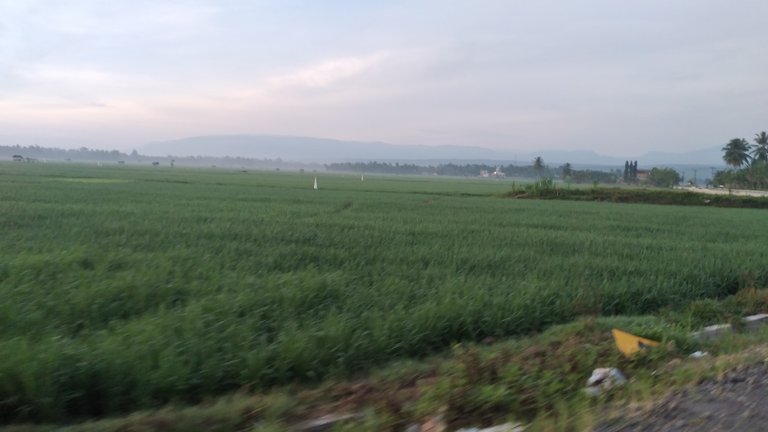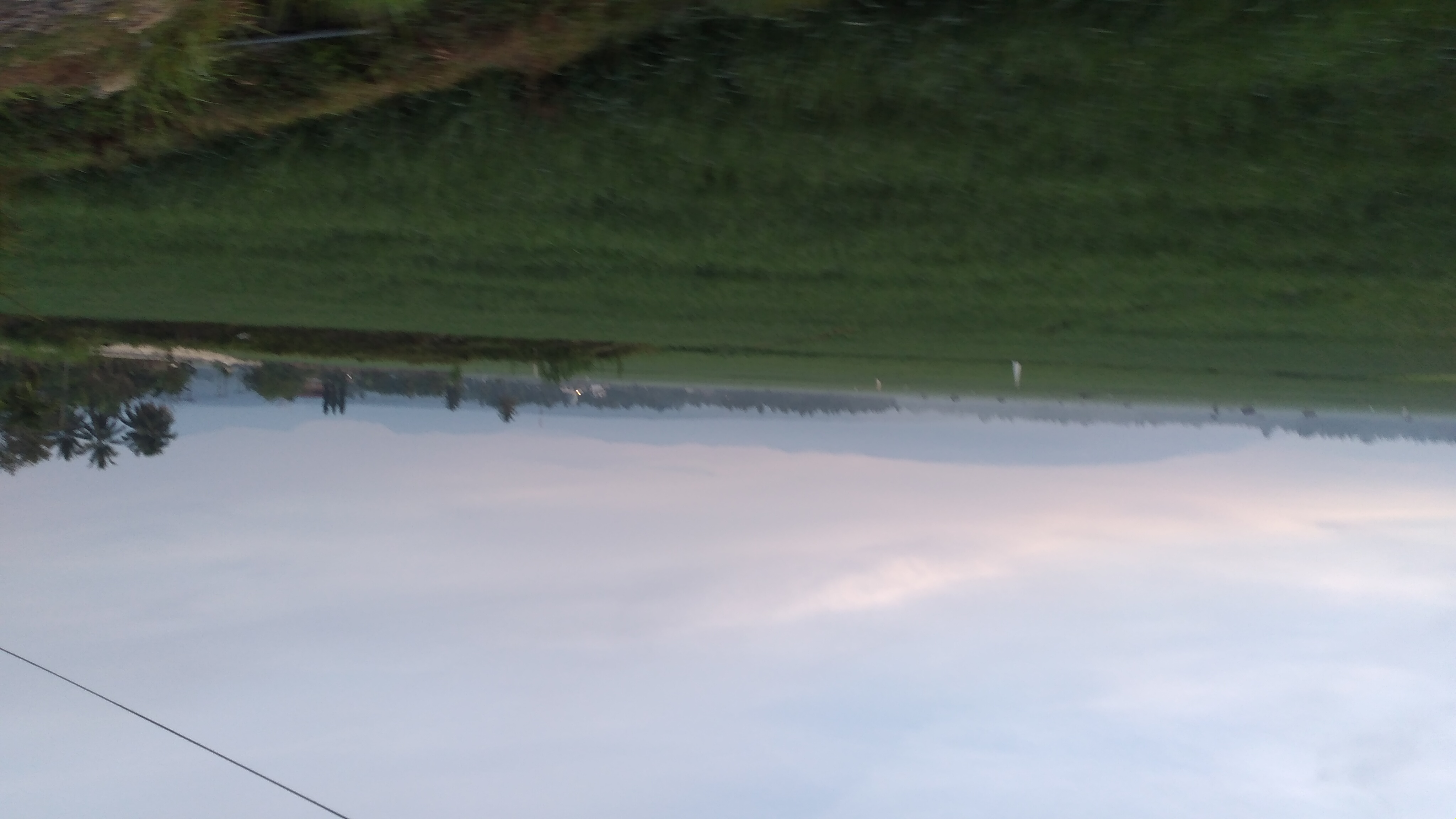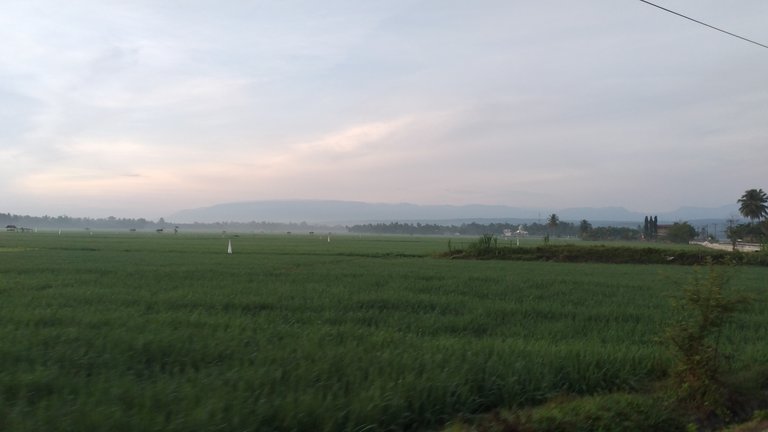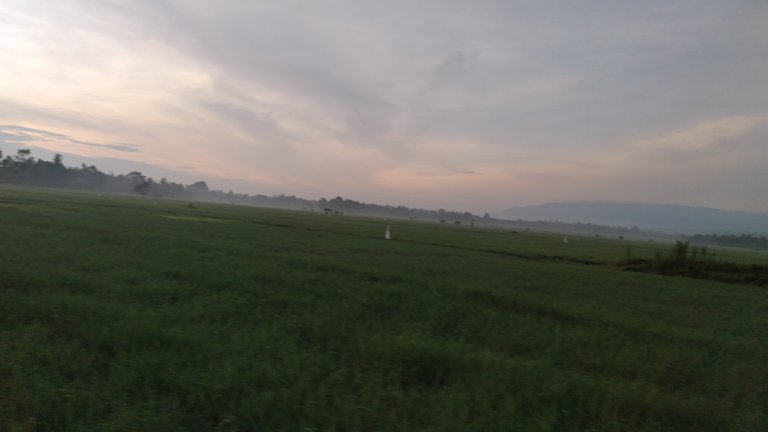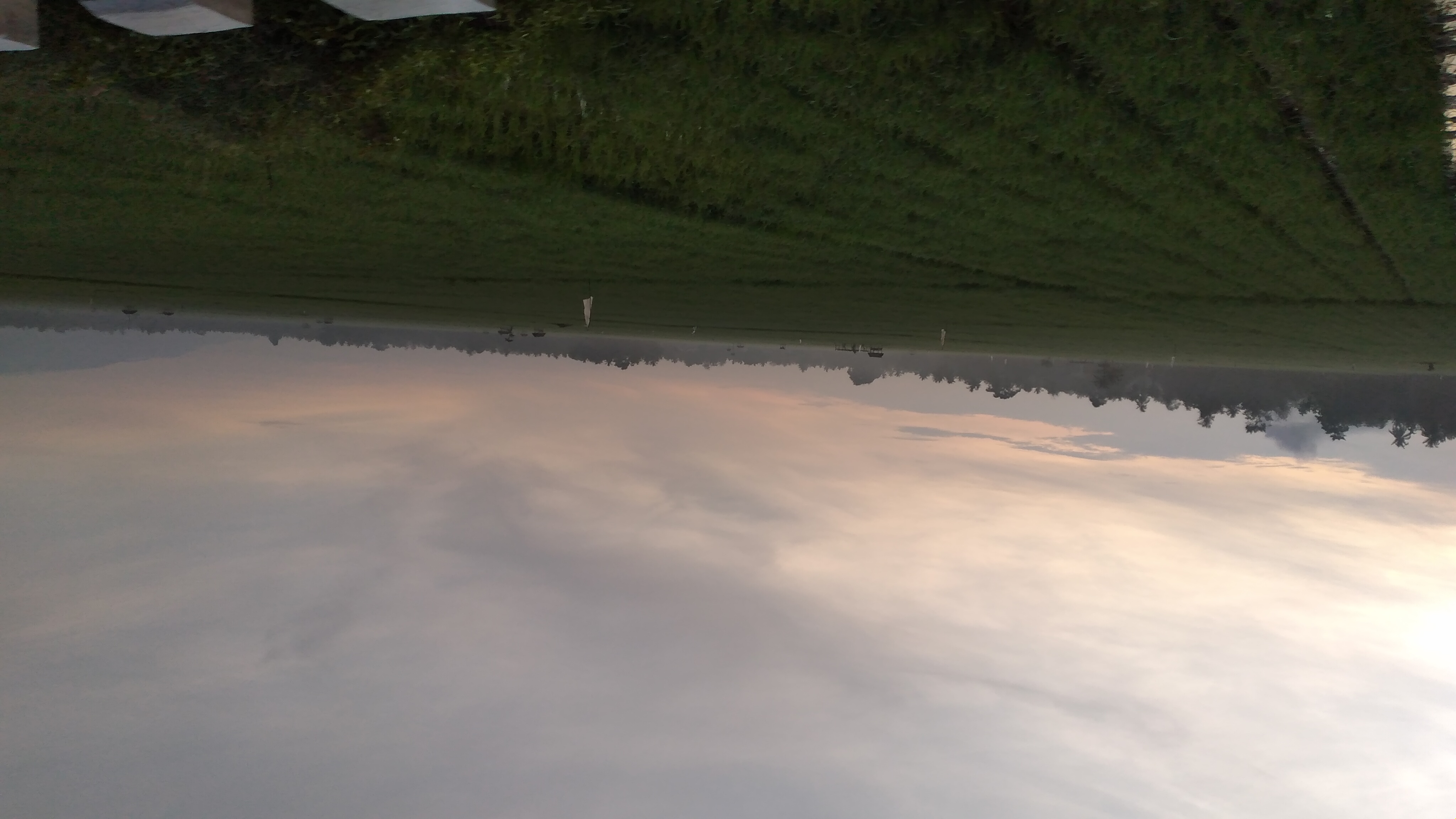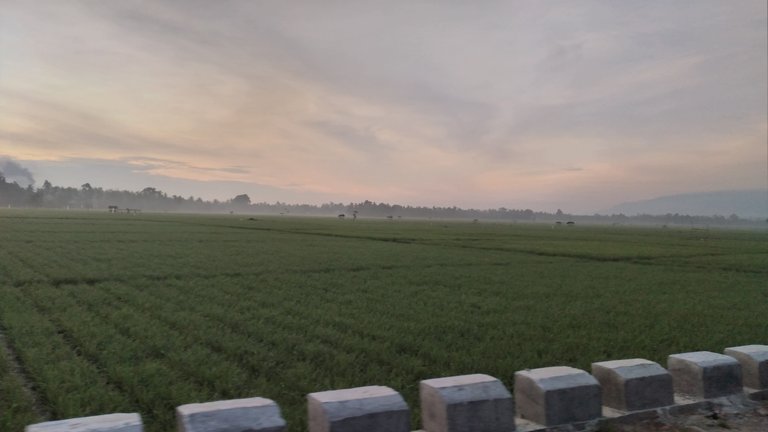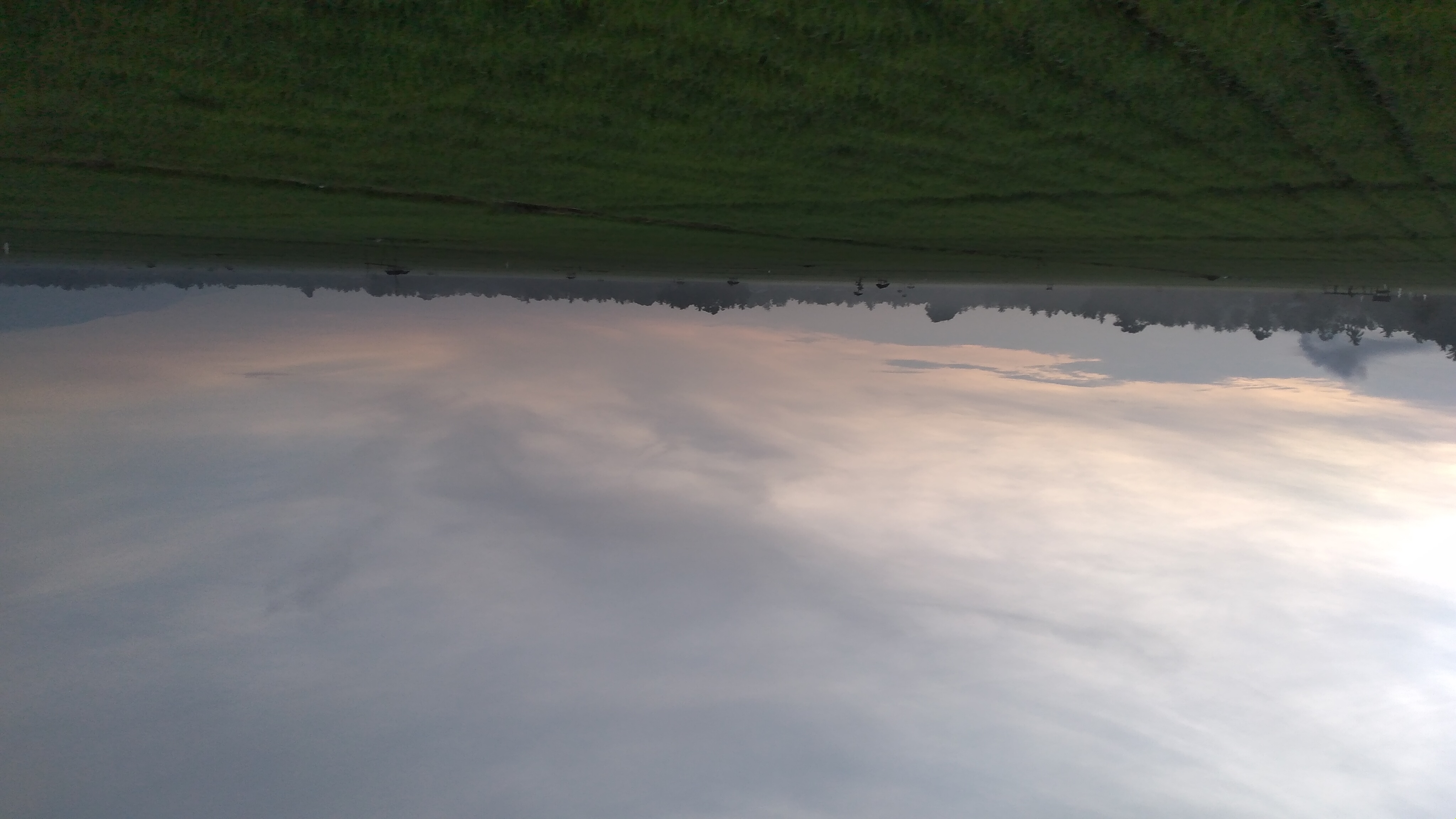
Sunday was a relaxing day. A day for rest or picnic. We don't want to go far from home, we can have a "picnic" by reading Kompas, June 5 2022. Two articles in Kompas invite us to move to the rice fields, move with words and photos. We still sit reading the newspaper but imagine having a picnic in the rice fields or enjoying food in the rice fields. "The world of tourism in Indonesia developed from rice fields," the sentence stated in Kompas invites readers to think seriously. Understanding of rice fields for growing rice and preparing rice has increased. Rice fields are tourist attractions. People usually call it "nature tourism". Readers are tempted to visit Svargabumi near Borobudur Temple. The rice fields there can be used for taking photos. Rice fields are used as a (more) beautiful place for tourists to enjoy. The praise written in Kompas cannot be denied: "It's like a pinch of heaven falling into the middle of a rice field." Rice fields are also the most beautiful place to eat. We quote again: “The experience of dining among the expanse of green rice fields that is soothing to the eye, sells like hotcakes. Visitors taste the food and the tranquility as if they were in their hometown." Rice fields are becoming a big theme in tourism and the culinary business. We start our picnic to the past, still with the theme of rice fields. Ayatrohaedi (1972) in an article entitled "Paddy Rice Fields and Farmers in the Inscriptions" explains: "Even though according to existing evidence, the oldest kingdoms in Indonesia were found in Kutai and Tanah Sunda, but strangely, the oldest traces of the existence of rice fields are actually found in the Central Java region. , dating from the beginning of the 9th century AD”. The word "sawah" is hundreds of years old. The sentence in the Dieng inscription was issued in 809 AD: hana sima i sri manggala watak hino sawah lamwit 1 ada, sima i wukawatu watak wantil sawah tampah 3 hana sima/ i panulingan watak pikatan sawah tampah 1 blah 1.Kata rice fields are listed but there is no word farmers. The history of the two words is different. Ayatrohaedi explained: "Even though the land on which farmers depend their fate and livelihood has been known since the beginning of the 9th century, it is very strange that the farmer's land itself was born later!" This short article does not yet discuss rice fields as tourist attractions. Rice fields are still understood as land that produces food. Rice fields tell the story of the prosperity of a village or kingdom. Rice fields, a word that lasts until now. The longevity of words is rarely followed by encouraging stories about the fate of farmers in Indonesia. Rice fields really determine the fate of power. We open a book entitled KGPAAA Hamengkoenagoro I's World View in Babad Tutur (1994) by Zainuddin Fananie. Hundreds of years ago, power in Java was influenced by rice fields. Fulfilling food needs from the hard work and fortitude of farmers determines the success of the ruler and the safety of the kingdom. Two words are used in the Babad Tutur: “sawah” and “sabin”. Zainuddin Fananie explained Mangkunagoro I's policy of building an economy based on agriculture. Quotes from the Babad Tutur: Ringgitan tetiyang asri/ munggeng nginggil paringgitan,/ dene Pangeran Dipatine,/ lan bala estri sadaya,/ ani-ani mring sawah,/ sareng ing pengalihipun/ son nata malem Akad. Other quotes: Jejenengi marang sabin,/ selir binekta sadya,/ ani-ani Pakaryane. In Java, people are familiar with the terms "sawah" and "sabin". The term "sabin" is considered refined Javanese. This article was published on Murianews.com with the title "Picnic to the Rice.
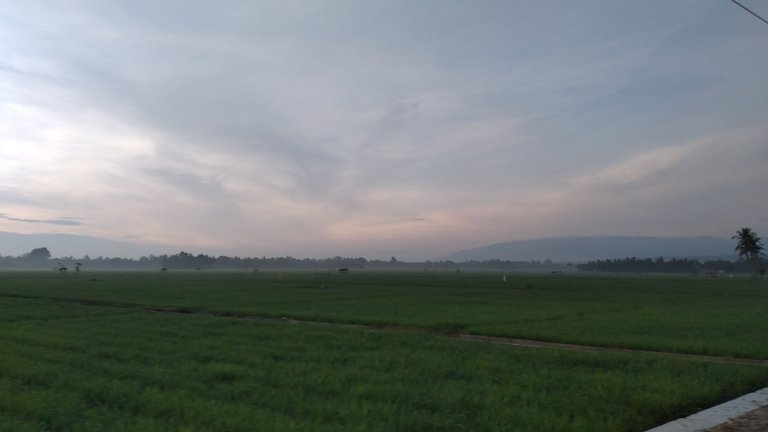
At different times, rice fields appear in poetry, news and novels. Sawah is a word that tells the story of villages and farmers. Rice fields sometimes tell stories of the suffering and poverty borne by the farmers. Sad stories are usually related to the power of kings and colonialism. We may remember the rice fields and farmers in Multatuli's composition Max Havelaar, late 19th century. At all times, rice fields have been a source of stories and news that is not necessarily happy. We know that rice fields are used to plant rice. Poerwadarminta in the General Indonesian Dictionary (1952) defines rice field: "land cultivated and provided with water for growing rice". The old dictionary did not yet include issues regarding rice fields, tourism and the culinary business. Now, we have new definitions about rice fields, they don't have to be included in the dictionary. People who want to understand rice fields in the imagination inherited from their ancestors are not enough if they only read novels written by Dutch people and dictionaries. You can follow your imagination by enjoying Dewi Sri's story again. Sawah is not just a place to picnic or enjoy food. In the rice fields, the ancestors held rituals. There, there is prayer and work. Rice fields for collective livelihood. Rice fields with an abundance of stories and characters. In the book entitled Serat Cariyos Dewi Sri in Comparison (2001) by Suyami, we imagine rice fields in Java and various places. The rice fields remind Dewi Sri's goodness. The farmers in the rice fields have hope and live with stories. In the land, plants, sky, water, wind, birds, snakes, rocks and various things, the farmers understand "togetherness" for sufficient food. Sawah and Dewi Sri are fulfilled with the consciousness of home in Java. In traditional houses, there is a regular room to honor Dewi Sri. The space is usually called the middle senthong. The rice fields of the 21st century may still be related to Dewi Sri even though tourism has grown. It is difficult for us to assume that agricultural rituals or ceremonies will become spectacles. People planting rice, plowing, or harvesting rice may be "official" sights for tourists. We understand that we are experiencing an era where tourism is taking everything for granted.

